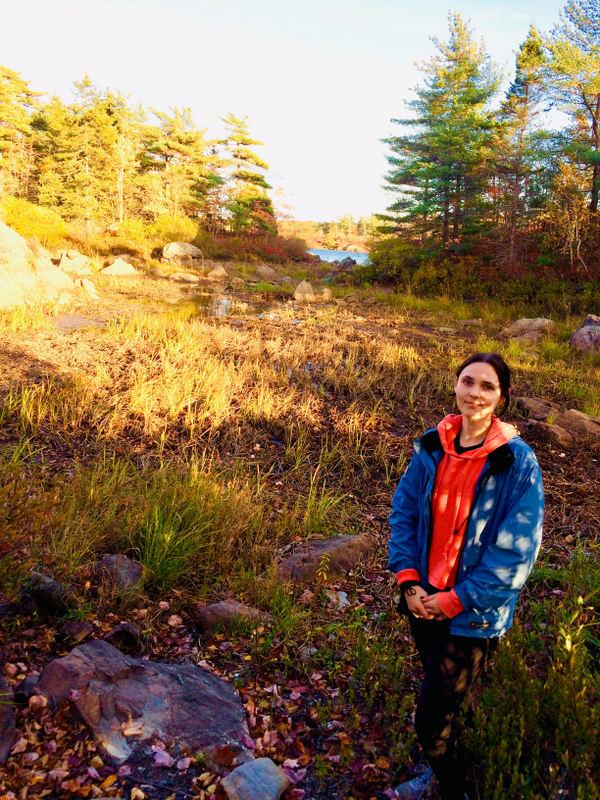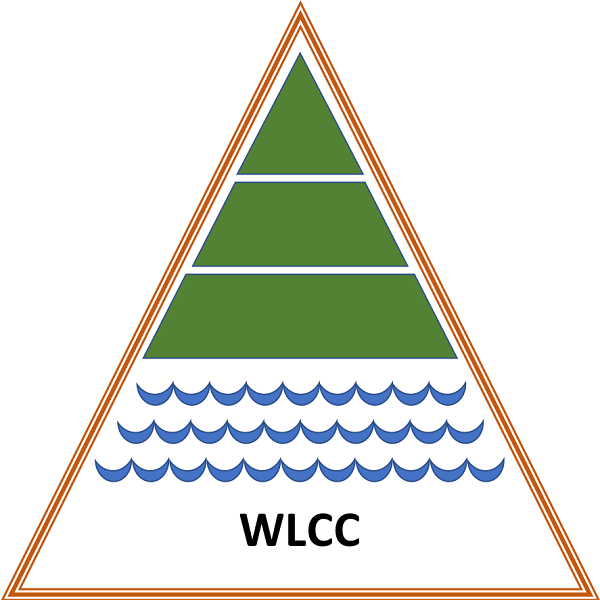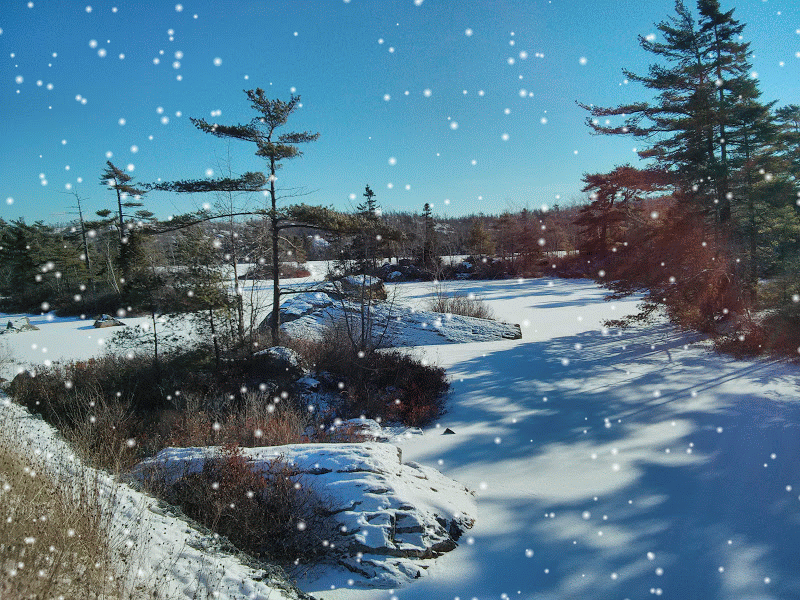Urban Wilderness Parks – Accessible or Not?
By: Cathy Vaughan
[Reprinted with permission from Chebucto News]
Urban parklands, wilderness forests and wild coastal tracts – are within HRM and we all have access to them. Or do we?
What does ‘accessibility’ actually mean? What is ‘sustainable’ and ‘equitable’ accessibility?
These are questions that Elizabeth Carr, a Master’s degree student with Dalhousie’s School of Planning, is exploring as part of a project for her degree. She is reviewing three HRM urban parks: Blue Mountain-Birch Cove at Bayers Lake Business Park; Sandy Lake-Sackville River Regional Park in Bedford; and the new Shaw Wilderness Park in Spryfield, on the Purcells Cove Road. Although these wilderness playgrounds are convenient to residents of HRM, Carr is attempting to discover if access to these parks is truly equitable for all and if accessibility is actually sustainable.
Carr said “My research project is focused on assessing access to three of HRM’s urban-wildland parks from both an equity and sustainability perspective. I am looking at the available transportation routes to the parks as well as the physical location of the entrances to the parks to determine whether the available modes of public, active and private transportation facilitate convenient access to the parks. I am also looking at the population, social and economic characteristics of the neighbourhoods near the parks to see if the parks are accessible to diverse populations and socio-economic groups.”

-inaccessible during summer low water levels-
photo: Cathy Vaughan
According to Carr’s research, convenient access to nature, especially for those who live in cities, has been shown to improve both mental and physical health outcomes. Urban-wildland parks such as Blue Mountain Birch Cove Lakes, Sandy Lake-Sackville River Regional Park and the Shaw Wilderness Park provide unique nature experiences. She feels that understanding the equity of access and barriers to urban wildland parks can help city planners improve infrastructure around and within the parks.
Carr interviewed local stewardship groups, conservation associations and folks who frequently use the parks. She asked about their experiences with accessibility and barriers to enjoying their park. Carr solicited suggestions on how accessibility can be improved and be sustained over a long-term period as well recorded their notion of what “equitable” access means.
HRM’s newest forest park, the Shaw Wilderness Park, is 15 minutes by car from the city centre. The city park has a parking lot, is on a bus route, and new bike lanes on the Purcells Cove Road bring cyclists to the entrance of the park. The 360 acre, forested reserve is also on Williams Lake which provides unique land and water access to the park.
Debbie Hall, a member of the Williams Lake Conservation Company, has her own concerns about access to the lake. There are two, HRM non-motorized boat launches into Williams Lake that give the community access to the park from Spryfield and surrounding areas. Both launches were unusable in recent summers because of the severe drop in lake levels. The deteriorating dam structure on the lake no longer holds the lake waters to seasonal levels.
“You can get to the Shaw Wilderness Park via road, trail or water but now you can’t get into the lake with a kayak or canoe because of the rocky shoreline and the mudflats,” reports Debbie Hall. “It’s revealing how much we rely on lake levels to have a fully functioning, accessible urban park.”
Carr summarized her experience with the project by saying, “My research project has introduced me to the spectrum of parks HRM has to offer and has provided me with wonderful nature experiences I had no idea existed so close to or even inside the city. Through speaking with representatives from park stewardship groups and local experts, I have gained a new perspective on the importance of conserving these spaces for the future while also improving access and addressing barriers so more people can enjoy them.”

